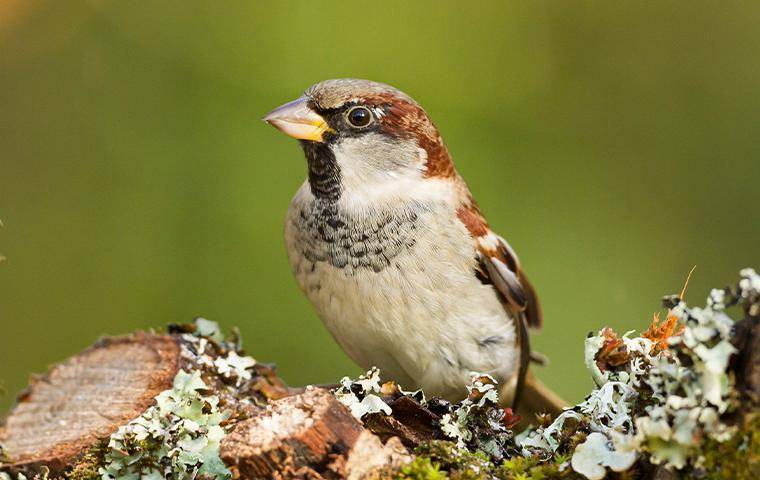The Cretaceous, a geological period that lasted from about 145 to 66 million years ago, is the third and final portion of the Mesozoic Era, as well as the longest.
In the early Cretaceous, the continents were in very different positions than they are today. There was a major landmass, a supercontinent called Pangaea. By the end of the period 79 million years later, Pangaea had broken apart into continents which came to be much closer to the places they are today due to what is called continental drift, or better, plate tectonics.
At the end of the Cretaceous, 66 million years ago a large asteroid crashed into the earth north of the Yucatan peninsula and eliminated about three-quarters of the life on earth. The asteroid that hit Earth in what is now the Gulf of Mexico was 6–12 miles in diameter, producing a crater nearly 120 miles wide and 12 miles deep. The asteroid traveled a at a speed between 22,000 and 45,000 miles per hour when it entered Earth’s atmosphere and the impact with Earth generated billions of tons of debris. (The impact was equivalent to the detonation of 10 billion WWII-era atomic bombs!) Dust entered the atmosphere, presumably blocking out sunlight for an extended period of time, perhaps six months. Higher plants disappeared.

Bird-like dinosaurs, similar to Velociraptor, were a part of the ecosystem before the end of the Cretaceous. But at the end of the Cretaceous 75% of life on the planet went extinct, including most bird-like dinosaurs. Birds had been evolving for some 150 million years before that but the only birds that survived were the beaked, not toothed, birds. No carnivorous or herbivorous birds. They were in a sense pre-adapted to this environment. A recent paper in Current Biology discusses this in some scientific detail.

By analyzing the known diets of modern birds, its clear that many groups that probably survived the extinction likely ate seeds, one of the few plentiful resources that were available after the upheaval of the asteroid impact. Since there was little or no photosynthesis, the food web collapsed and only animals that ate seeds, detritus or debris (worms, beetles, millipedes, fungi, etc.) were able to survive. Most dinosaurs and all carnivores were wiped out but some early forms of birds and mammals survived. Toothed birds similar to Archeopteryx and toothed pterosaurs and their relatives perished because they fed on meat, of which there was little. Those dinosaurs without a beak and without the jaws to access those resources would have gone extinct.

So these birds ended up being the ancestors of our modern, beaked birds. Fossil evidence is scarce, but it appears that a rapid expansion of bird groups occurred during the Paleocene, following the Cretaceous, based upon evidence gathered from the fossil remains of an ancient mousebird.
As the skies cleared and plants re-established themselves, insects, birds and mammals proliferated in the absence of dinosaurs. Many plants coevolved with insects and birds for pollination services in exchange for food. So we can trace the evolution of many bird groups, our present-day dinosaurs, to the end of the Cretaceous extinction.
I have a problem with the alleged dinosaur-to-bird transition hypothesis.
Here are just a couple excerpts, following a brief search:
1. “Dinosaur footprints have also been found right alongside bird footprints.”
2. [Photograph caption:] “bird-like fossil footprint from Paleozoic strata… from the Carboniferous of Nova Scotia (after Sternberg 1933).”
I don’t see the problem. It’s not like dinosaurs were here one day and then gone, replaced by birds. At least one lineage of dinosaurs began to be more birdlike with protofeathers, feathers, homeothermy, etc. And there were very birdlike animals alongside the dinosaurs. And most ornithologists today consider birds modern dinosaurs.
The study you mentioned is clearly from a creationist viewpoint. The Great Flood? Noah had nothing to do with this.
Regarding the origin of birds, are you willing to consider the alternative – or at least to post this brief creationist viewpoint for your followers?
https://creationmoments.com/sermons/designed-for-flight-2/?utm_source=rss&utm_medium=rss&utm_campaign=designed-for-flight-2&mc_cid=5a619a1c84&mc_eid=ec8d741775
Begging your pardon Paul, but creationism is just another bit of lunacy that human minds invent to provide simplistic answers to difficult questions. Creationism is not science — it is religion. Please keep religion where it belongs: churches, synagogues, mosques, and in your heard.
Only what fails to satisfy observable scientific scrutiny can be called religion or even lunacy. The link I provided presents a conclusion based on scientific evidence – not religion.
The link you provided, from faculty at a religious college, refers to the “great flood. “That’s not science, that’s religion.
So birds are well adapted for flight. This is proof of creationism?
“Birds had been evolving for some 150 years before that but the only birds that survived were the beaked, not toothed, birds.”
Did you mean 150 million years before?
Oops. Yes. I corrected it.